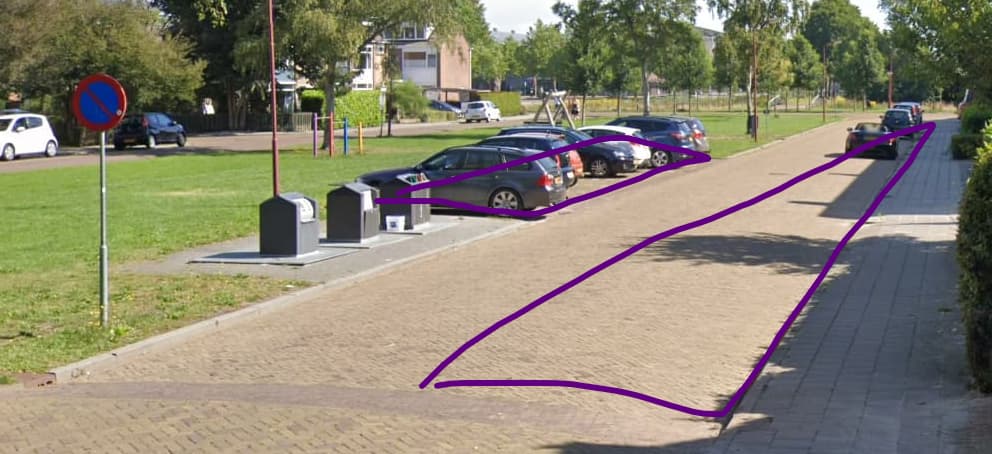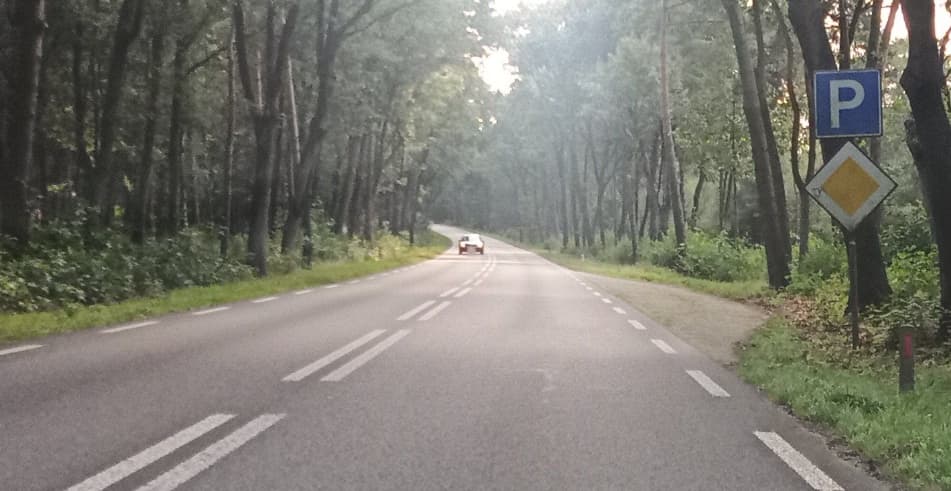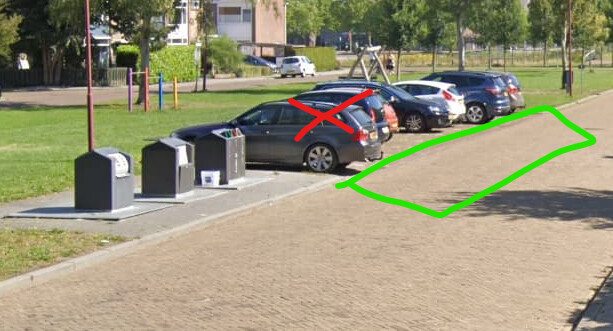Parking tagging on a road way.
Needs :[position]:
I posted this also on the talk page
====
There is no explanation/replacement in the Streetparking for the deprecated parking:lane, we used parking:lane:both=no_parking, in the key there must be, the carriageway, lane, this should be possible: parking:lane:both:restriction=no_parking, now with extra :restriction, 1 string to do the job.
How to tag this in the new method? When there is a other parking possibility.
By EU law the sign  gives a prohibition only on the lane, carriageway, no_parking, beside the lane there could be al kinds of rules in force for parking on parking:shoulder= parking:streetside=. this lane must be expressed in the key and in the right order. So I think parking:lane could not be deprecated.
gives a prohibition only on the lane, carriageway, no_parking, beside the lane there could be al kinds of rules in force for parking on parking:shoulder= parking:streetside=. this lane must be expressed in the key and in the right order. So I think parking:lane could not be deprecated.
Additional example:
At the same way there could be:
a onesided E1  lane prohibition
lane prohibition
over the whole way:
parking:right=lane + parking:right:restriction=no_parking
and also on parts of the way
parking:right=streetside + parking:right:orientation=parallel
we can only use once, parking:right=[position].
Also parking:right:orientation=parallel refers to the carriageway, lane, this is not right.
That is the problem, so there must be :[position]: in the key.
In the old, parking:lane and parking:streetside where active, with new scheme, there should be parking:side:position:=, parking:side:position:orientation=, if you only want to keep parking:side.
====
So I am forced to still use the old scheme parking:lane:left=no_parking to express a onesided sign on that side of the carriageway, where there is streetside parking.
image a left sided example






